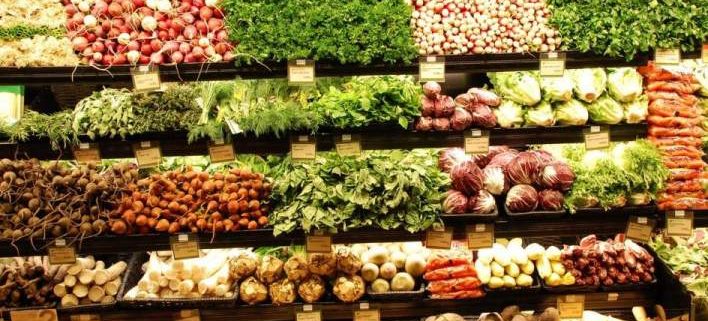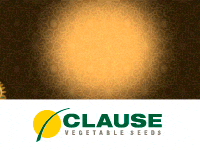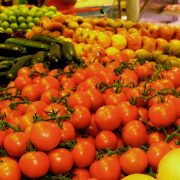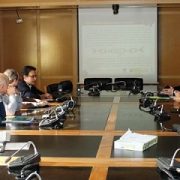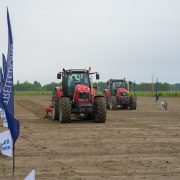Commission adopts exceptional measures in agriculture
The support measures for the wine sector adopted today include increasing support for risk management tools such as harvest insurance and mutual funds, and extending the flexibility measures.
For the fruit and vegetable sector, support to producer organisations – usually calculated based on production value – will be compensated to not be lower than 85% of last year’s level.
Agriculture Commissioner Janusz Wojciechowski said: “From the spring frosts, floods to heatwaves, the extreme weather conditions have been particularly challenging for the wine, fruit and vegetable sectors this year. This comes after an already complicated 2020 year due to the COVID-19 crisis. These much needed support measures will relief producers across the EU during these difficult times, on top of the ones already put forward in 2020 and extended in 2021.”
The exceptional measures for wine include:
- EU countries can continue to amend their national support programmes at any time, when this can usually only be done twice a year (by 1 March and 30 June of each year respectively).
- For promotion and information activities, restructuring and conversion of vineyards, green harvesting and investments, the possibility to grant a higher contribution from the EU budget is prolonged until 15 October 2022.
- EU budget contribution to harvest insurance has been increased from 70% to 80% until 15 October 2022.
- EU support to cover costs for setting up mutual funds were doubled, from: 10%, 8% and 4% in the first, second and third year of its implementation to 20%, 16% and 8%.
- An extension of the flexibilities granted for wine programme measures until 15 October 2022.
For the fruit and vegetable sector, EU support to producer organisations – usually calculated based on the production value of the year – will be compensated to be at least at 85% of last year’s level even if this year’s value is lower. This compensation will be offered when the reduction of production is linked to natural disasters, climatic events, plant diseases or pest infestations; outside of the producer organisation’s control and at least 35% lower compared to the previous year. In addition, if producers prove that they took preventive measures against the cause for production reduction, the production value used for support will be the same as last year.





